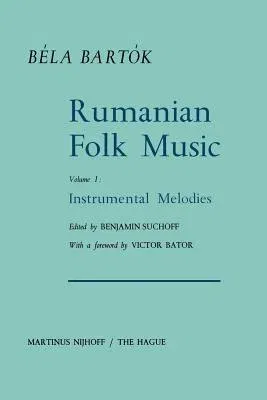Bela Bartok
(Author)Rumanian Folk Music: Instrumental Melodies (Softcover Reprint of the Original 1st 1967)Paperback - Softcover Reprint of the Original 1st 1967, 22 October 2011

Qty
1
Turbo
Ships in 2 - 3 days
In Stock
Free Delivery
Cash on Delivery
15 Days
Free Returns
Secure Checkout
Part of Series
Bartok Archives Studies in Musicology
Print Length
704 pages
Language
English
Publisher
Springer
Date Published
22 Oct 2011
ISBN-10
9401035016
ISBN-13
9789401035019
Description
Product Details
Author:
Book Edition:
Softcover Reprint of the Original 1st 1967
Book Format:
Paperback
Country of Origin:
NL
Date Published:
22 October 2011
Dimensions:
23.39 x
15.6 x
3.89 cm
ISBN-10:
9401035016
ISBN-13:
9789401035019
Language:
English
Location:
Dordrecht
Pages:
704
Publisher:
Weight:
1056.87 gm

